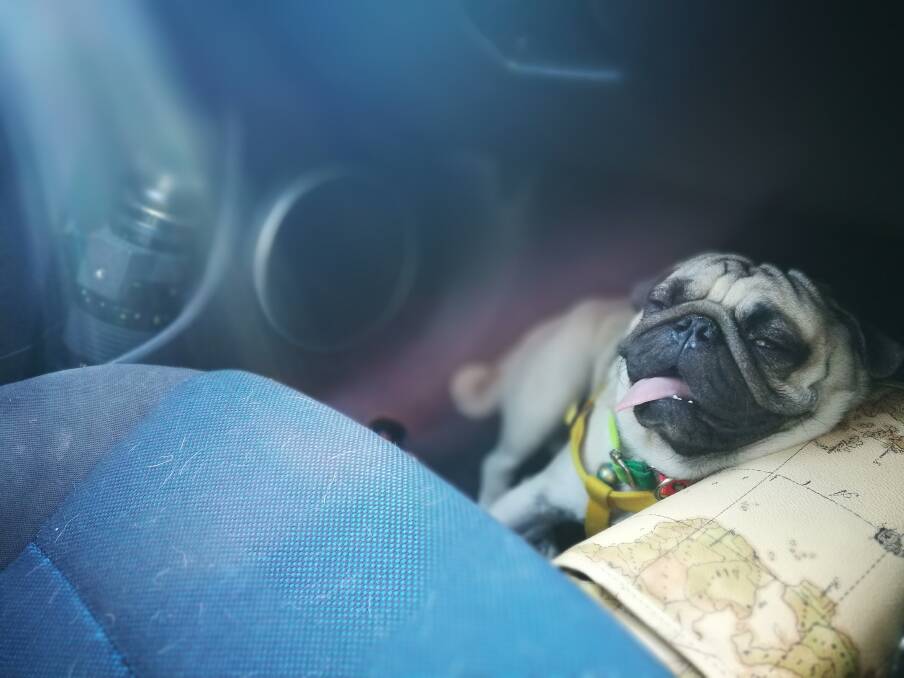
RSPCA WA has reminded pet owners to leave their dogs at home after receiving a large number of reports of dogs being left in hot cars.
Create a free account to read this article
$0/
(min cost $0)
or signup to continue reading
Over 300 reports were made last summer to the RSPCA where a dog had been left in a hot car.
RSPCA WA chief inspector Amanda Swift said since October last year they had received 181 reports of dogs being left in hot cars was of a real concern.
“I know people love their pets and want to bring them along when they go out, but the best option for your dog is to leave them at home where they’re safe,” she said.
“We often hear from owners that their dog suffers separation anxiety, so has to be brought along for trips to the shops.
“But it’s actually far more stressful for a dog to be left alone in a hot car in an unfamiliar car park than to be left at home with an enrichment toy or treat.
“The effects of heatstroke can be long-lasting and cause serious long-term health problems, like organ damage – this can happen hours and even days after the dog has been removed from a hot car.
“In summer, leaving your dog in the car for just a few minutes could be too long. Your dog’s life is simply not worth gambling with.”
She said even when the temperature outside were cooler or under 22 degrees that temperature inside a parked car could quickly rise to over 47 degrees celsius.
Ms Swift said tinting, parking in the shade, or leaving the windows down provided little to no relief, and dogs in those conditions would suffer an agonising death.
People who leave their dog in a car on a hot day can be prosecuted under the Animal Welfare Act (2002) and face a maximum penalty of $50,000 or five years’ imprisonment, and a lengthy prohibition order preventing them from owning an animal for an amount of time determined by the courts.
Ms Swift said on hot days dogs should be left at home where they are safe, with shade, food and plenty of water.
If you see a dog locked in a car in hot weather, it is advised you report it immediately to the RSPCA Cruelty Hotline on 1300 CRUELTY (1300 278 3589).
It is also advised you gather as much information as possible including the vehicle’s registration number, location, time and date, photos of the dog to help substantiate the report. Keep an eye on the dog until help arrives, but maintain a suitable distance to ensure you don’t agitate the dog.

